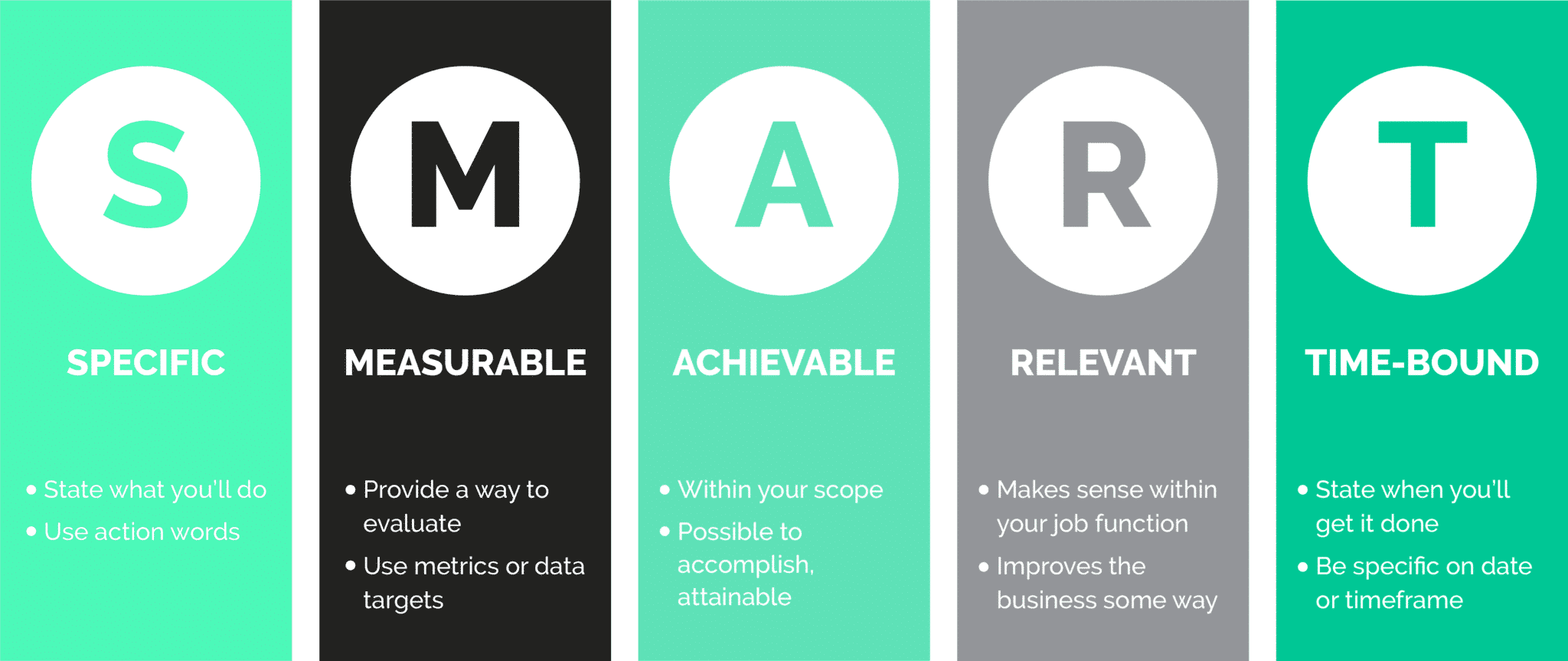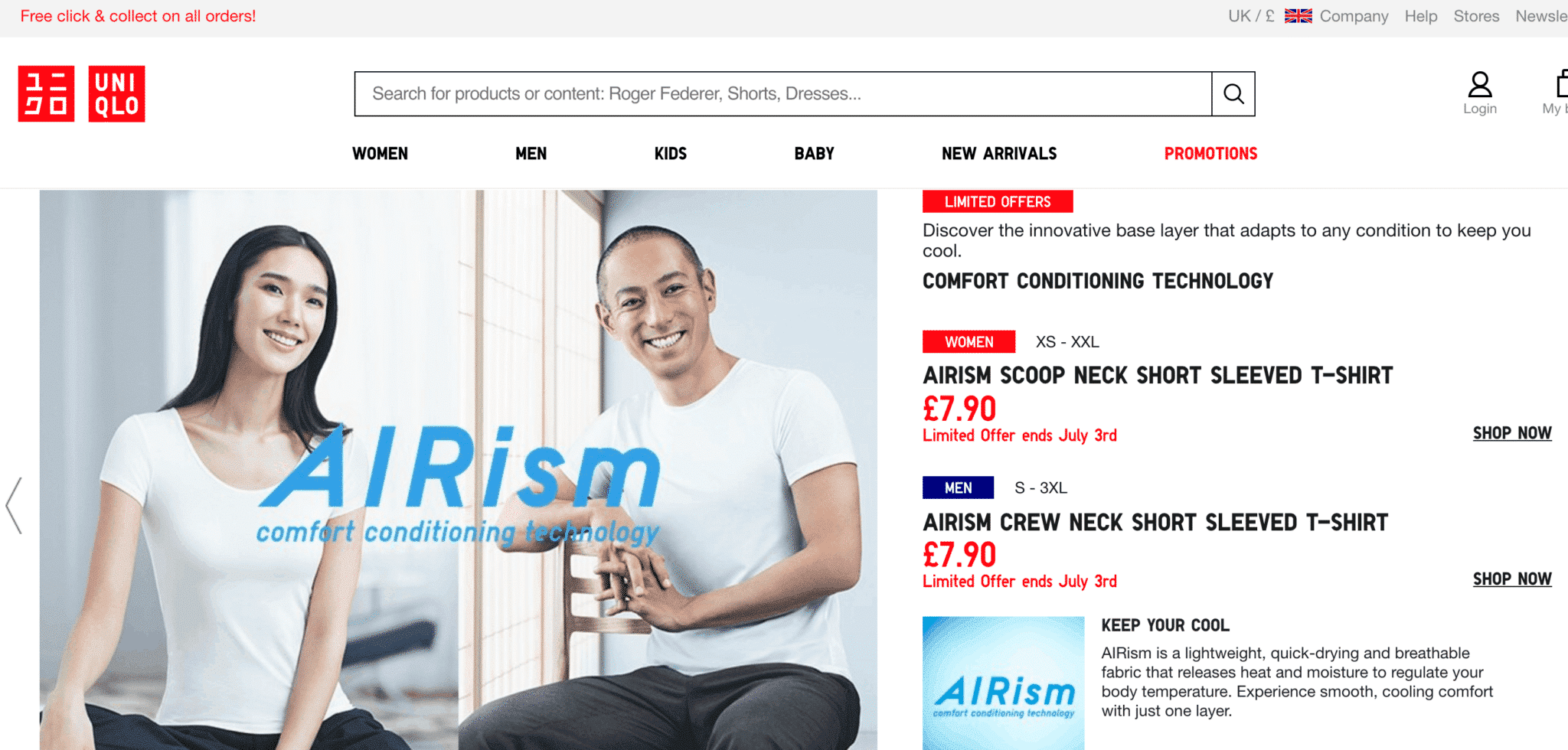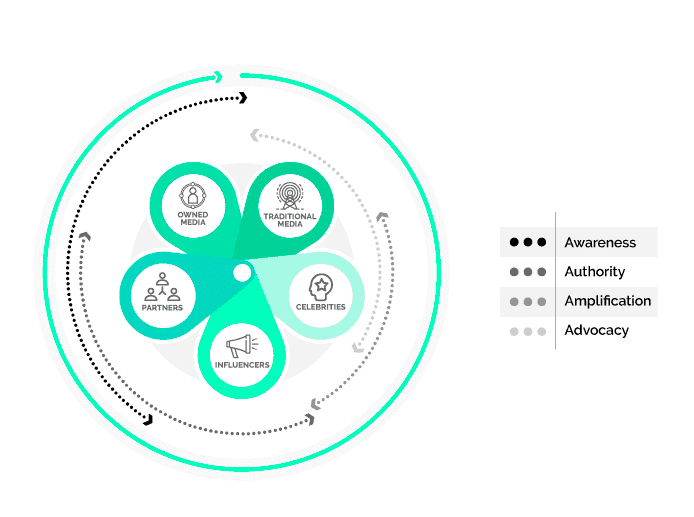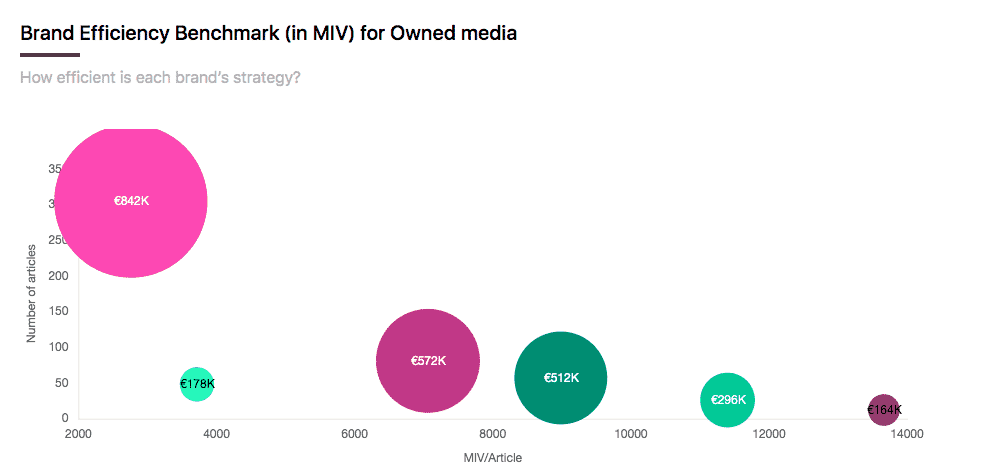Creating quality content for social networks involves strategic creative processes as digital competition in the fashion, luxury and cosmetics sector is becoming increasingly fierce. Social networks are part of the Owned Media strategy that as brands we "control" 100%, and should be treated not simply as informal tools to connect with consumers, but as strategic channels for achieving various objectives.
According to Statista in 2020 there will be 2.9 billion social network users in the world, a figure that helps us understand the relevance of these platforms and the ability to reach new audiences - millennials and generation Z - that are already positioned at the center of strategies for many brands in the industry.
In our checklist How to leverage Owned Media for a perfect marketing strategy, we explain the steps for developing an effective strategy. This article will review some of the fundamental elements to not only create quality content for social networks but also to structure effective strategies:
In this article you’ll learn…
1. Set your goals
A fundamental step before you consider creating quality content for your social networks and Owned Media in general, will be to set your goals at a strategic level. What do you want to achieve through your own channels? This question may have different answers, and sometimes these will be determined by what your brand is experiencing at that moment, the type of audience it is aimed at or the specific type of platform.
If there is a basic principle when it comes to establishing objectives, this can be summarised in one word: "SMART". Try to make your objectives specific, measurable, achievable, relevant and limited in time so as not to lose focus on what you are looking for. At the same time, remember that behind each great objective you may have micro-objectives or tasks that will help you "climb" towards that final goal.

2. Understand your audience
First and foremost, when it comes to building a content marketing strategy you need to respond to the needs of your audience. An example: the audience of a brand like Ecoalf, that values transparency in the production processes of each garment, does not look for the same level of content as the Uniqlo audience, which simply pursues functionality and comfort regardless of the process behind the garment production.


Therefore, your main objective before starting to generate content should be to define the characteristics of your buyers. This process involves the analysis of data from different sources of information, potential meetings with other departments of the company in contact with end-customers and even market studies and benchmarking that offer you clues around the customers of your main competitors. In the strategy checklist for Owned Media, you will find a template and useful exercises for the development of these potential customers.
3. Create your perfect Voices mix
Owned Media is one of the Voices that can offer more at a strategic level, given the control we have as brands of our messages, formats and segmentations. However, it is important to understand how best to combine Owned Media with the other Voices in your marketing strategy - influencers, celebrities, media or partners - in order to take full advantage of their potential.

A good example of this strategy was that of Victoria Beckham during the Spring/Summer 2019 season. The brand's tactics were based on a perfect combination of several elements. On one hand, the brand changed the city in which they presented the new collection, which helped generate media impact. This, along with a plethora of influencers in attendance at the show, combined with the brand's Owned Media, triggered the value generated by the campaign. Victoria Beckham alone generated 61.7% of the total Media Impact Value™ during London Fashion Week. A single one of their posts generated more than $76,000 in MIV™.
4. Compare your strategy with that of your competitors
A good practice of any Owned Media or social networking strategy is to analyze the performance of your channels compared to your competitors'. It's not about "copying" tactics, but identifying your (and their) strengths and weaknesses to optimize your strategy. One way to identify the effectiveness of your strategy against that of your competitors is through scatter plots that give a broad perspective on where your brand stands compared to the rest.
Perhaps your brand generates a greater number of mentions or interactions through Owned Media, but the value or Media Impact Value™ of these mentions is very low compared to that of your competitors. In this case, you should consider content campaigns that involve influencers, or a content format capable of awakening virality and motivating end users to share it.

These are just some of the fundamental steps to consider when developing an Owned Media or social network strategy. If you are preparing your Owned Media marketing strategy plan, download this Checklist for the development of an Owned Media strategy!

